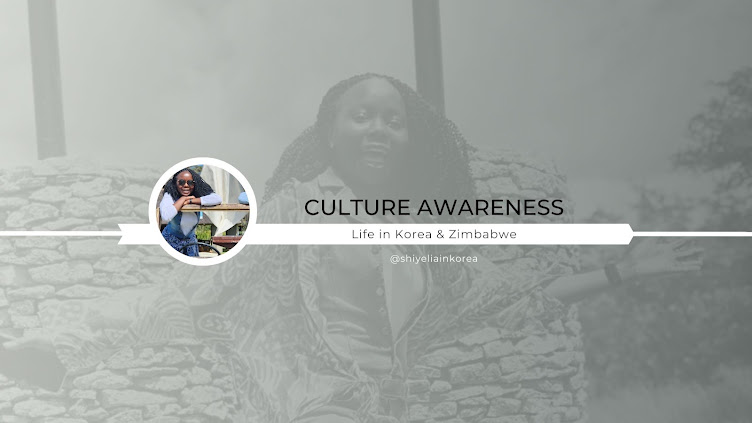In this post I will share four survival tips on how I used to select Korean meals back then when I couldn't speak, read, or write Korean. But before I do so, you have to know or you may know that the most common ingredient in Korean food apart from chilli, tofu and radish is eggs!
 |
| Korean food: Bibimbap with sunny-side egg. |
I always thought eggs were for breakfast or salads. Not until I came to Korea, I was surprised to see sunny side eggs served with rice. In most soups they just break an egg and let it boil with other vegetables. In Kimbaps the egg is always in the middle, popping up. Not forgetting the dip fried Korean street foods, most of them are coated with eggs!
In the next paragraph, I listed the 4-tips on how I used to select Korean meals and I also recommend these tips to all non-Korean speakers.
1. Use your sense of sight because what is you see is what you get .
2. If it's looking reddish it's spicy so if you can't handle spice move to whitish soups
3. Check the main ingredient, ask again and tell them what you don't take (with google translate and picture, lol). You have to be careful with meat dishes because sometimes pork can look like chicken or fish.
4. Ramen soups contain trace elements of pork it's written on the box, best way to eat ramen is to ditch the soups and use your own SEASONINGS.
I wasn't a picky eater not until I discovered that eggs were the main culprit causing allergies on my elbows and sometimes on my chest. I did the elimination method and to my surprise my skin became flawless! I didn't need any doctor, it was clear to me that eggs do no good to my system.
I envy you all who eat eggs without allergies. As for me I now avoid fried rice because of egg. Some Korean soups contain eggs, ramen too so my ramen intake is also low, I resort to the rice noodles and I now prepare my Egg-free Kimbap at home!
Who else is allergic to eggs?
I hope you enjoyed reading this post. That's how I survived when I couldn't speak, read, or write Korean.











